High-frequency induction heat treating equipment has significant advantages in metal heat treatment, especially in the heat treatment of 10mm solid iron rods, enabling ultra-fast heating and precise control of the hardening layer. Utilizing high-frequency induction heating technology can greatly improve production efficiency while ensuring processing quality.
Heating Speed and Quality: Ultra-fast Heating
When using high-frequency induction heat treating equipment, the heating speed is extremely rapid. The equipment can quickly reach quenching temperature within 3 seconds, compared to the 10-15 minutes required by traditional methods, saving a lot of time and effectively avoiding grain coarsening. The fast heating results in higher hardness and more stable performance of the treated iron rods.
Less Oxidation and Decarburization, Higher Surface Quality
Traditional heating methods such as flame heating result in a thicker surface oxide layer, while high-frequency induction heat treating equipment, through short-term heating, greatly reduces the oxidation and decarburization phenomenon. The oxide layer from flame heating can reach 50-100μm, while the oxide layer from induction heating is typically controlled to be <10μm, ensuring optimal surface quality of the iron rods.
Precise Hardening Layer Control, Smooth Hardness Gradient
High-frequency induction heat treating equipment can precisely control the depth of the hardening layer by adjusting the frequency and heating time. For example, at a frequency of 50kHz, the hardening layer can reach 1.0mm, whereas at 100kHz frequency, the hardening layer depth is 0.5mm. This precise control ensures the surface hardness reaches HRC58-60, with a smooth hardness gradient in the transition zone, avoiding brittle fracture risks.
Applications of High-frequency Induction Heat Treating Equipment
In the heat treatment of 10mm solid iron rods, high-frequency induction heat treating equipment is widely applied in the following fields:
Shaft-type Parts: Such as bicycle bottom brackets, motorcycle shift levers, etc., induction heating can improve surface wear resistance while maintaining good impact resistance at the core.
Hardware Tools: Such as wrenches and screwdrivers, induction heating ensures uniform head hardness without deformation, significantly extending their service life.
Disc-type Parts: Such as gear end-face hardening, combined with nitriding processes, can enhance the fatigue life and wear resistance of the parts.
Using high-frequency induction heat treating equipment to treat 10mm solid iron rods allows for rapid heating, precise hardening layer control, and high efficiency and energy saving. This equipment not only improves production efficiency but also optimizes surface quality and provides great flexibility in hardness control. It is widely used in fields such as shaft-type parts, hardware tools, and disc-type parts, effectively advancing modern manufacturing technology.

 en
en  cn
cn  jp
jp  ko
ko  de
de  es
es  it
it  ru
ru  pt
pt  th
th  vi
vi  pl
pl 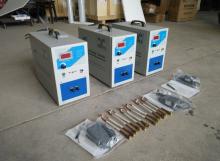
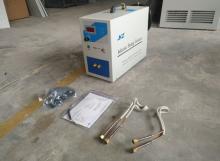
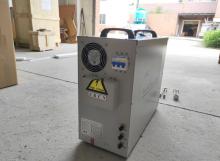
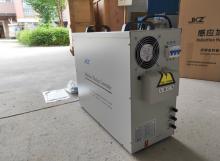
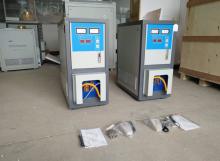
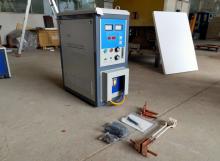
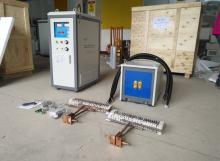
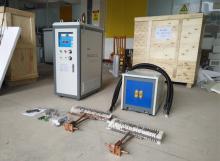
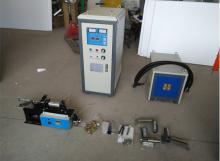
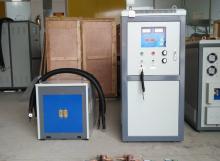
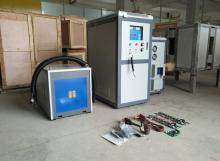
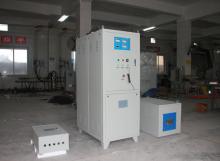
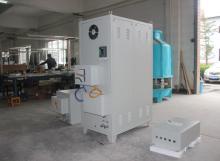
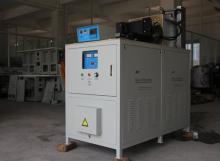
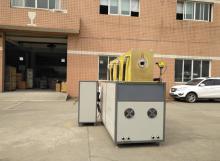
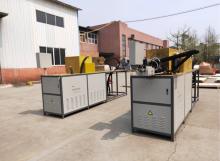
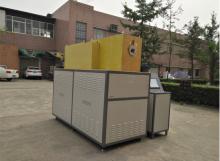
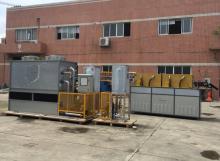
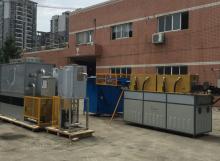
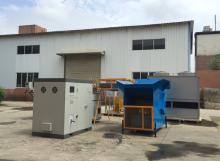
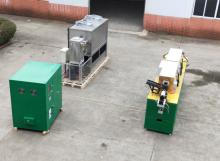
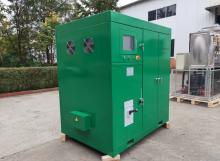

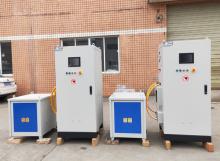
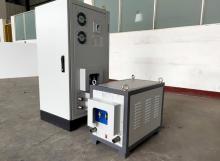
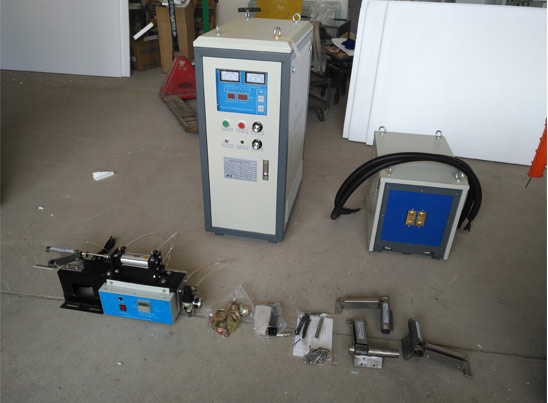
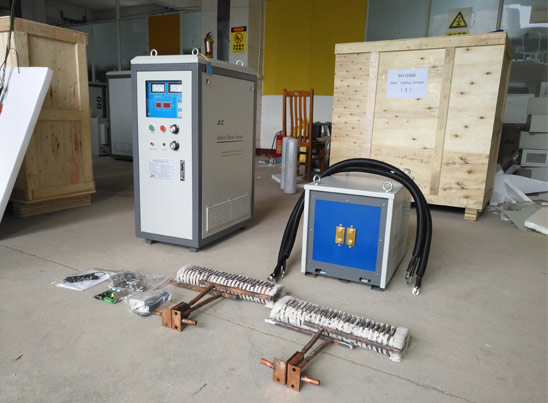
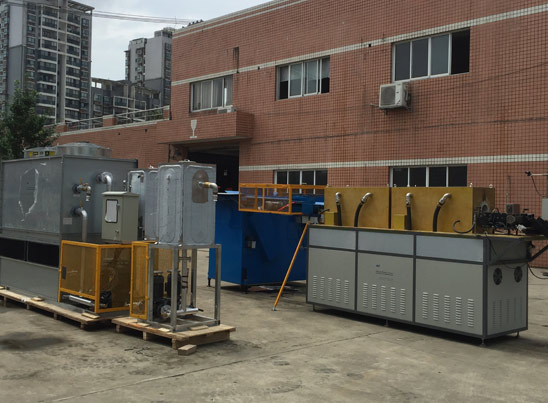





 Call us on:
Call us on:  Email Us:
Email Us:  NO. 688th South Baoguang Road, Xindu District, Chengdu City, Sichuan Province, China
NO. 688th South Baoguang Road, Xindu District, Chengdu City, Sichuan Province, China